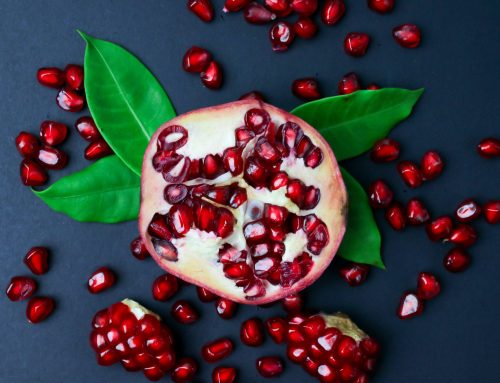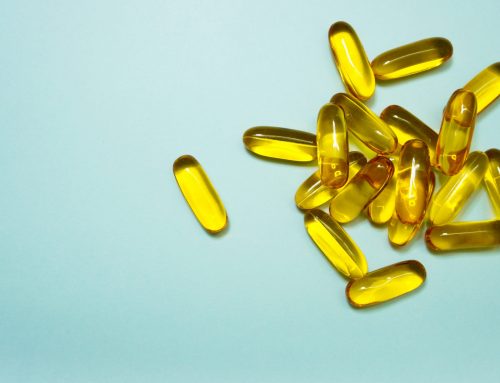If you’ve ever chatted with friends about food choices, or read a wellness-oriented magazine, chances are you’ve been inundated with the word “fats.”
Saturated fats. Healthy fats. Omegas. Polys. And on, and on, and on.
What does it all mean?
We’re here to break down the mystical world of fats. Let’s dive in.
What are the main types of fats?
There are 4 primary categories of fats you should be aware of.
- Saturated fats
- Monounsaturated fats
- Polyunsaturated fats
- Trans fats
But what do all of those different types of fats mean for your health? Let’s go category by category.
Saturated fats
What are they?
Chemically, saturated fats consist of carbon atoms that are completely saturated with hydrogen atoms. At room temperature, these fats are solid.
What effects do they have?
Saturated fats could potentially increase your risk of heart disease.
Where to find them:
- Beef
- Poultry
- Pork
- Cow’s milk
- Coconut
- Palm oil
- Full-fat dairy
Should I eat these?
Sometimes. There’s no black-and-white answer here, because everyone’s health is different, but most health professionals recommend that you limit your consumption of red meats and butter.
Monounsaturated fats
What are they?
A monounsaturated fat’s chemical makeup consists of one double-bonded carbon molecule. At room temperature, these are liquid but they will become solid if chilled.
What effects do they have?
These fats raise good HDL and lower LDL.
Where to find them:
- Avocados
- Olives and olive oil
- Nuts
- Sunflower oil
- Seeds
- Halibut
- Sablefish
- Mackerel
- Veggies high in oleic-acid
Should I eat these?
Yep! These are some of the healthy fats you’ve probably heard about. They’re generally considered good for your heart, and should be eaten daily.
Polyunsaturated fats
What are they?
Chemically, polyunsaturated fats have more than one double-bonded carbon atom. You have probably heard these referred to as omega fats, like omega-3, omega-6, and omega-9. At room temperature, these fats are liquid and they can sometimes remain liquid even when chilled.
What effects do they have?
They raise good HDL and lower LDL. They’re generally considered anti-inflammatory, and are associated with a lower risk of disease and death.
Where to find them:
- Salmon
- Sardines
- Trout
- Herring
- Fresh Tuna
- Flax seed and flax seed oil
- Walnuts
- Soybean oil
Should I eat these?
For sure. These fats are talked about as heart-healthy. Try to eat cold-water fish three times per week, and eat plant-based polyunsaturated fats even more often than that.
Trans fats
What are they?
Most trans fats are created artificially by adding hydrogen bonds to liquid oils, which creates a shelf-stable product. Some trans fats do occur naturally in foods like beef, lamb, butter fat, or dairy.
What effects do they have?
Trans fats raise LDL and lower HDL. This can lead to a buildup of plaque in your arteries, which can increase your risk of heart disease or death.
Where to find them:
- Margarine
- Processed foods
- Candy
- Chips
- Soda
- Flaky pastries
Should I eat these?
No. These are the unhealthy fats, and you should try to avoid products with partially-hydrogenated oils as often as possible.




